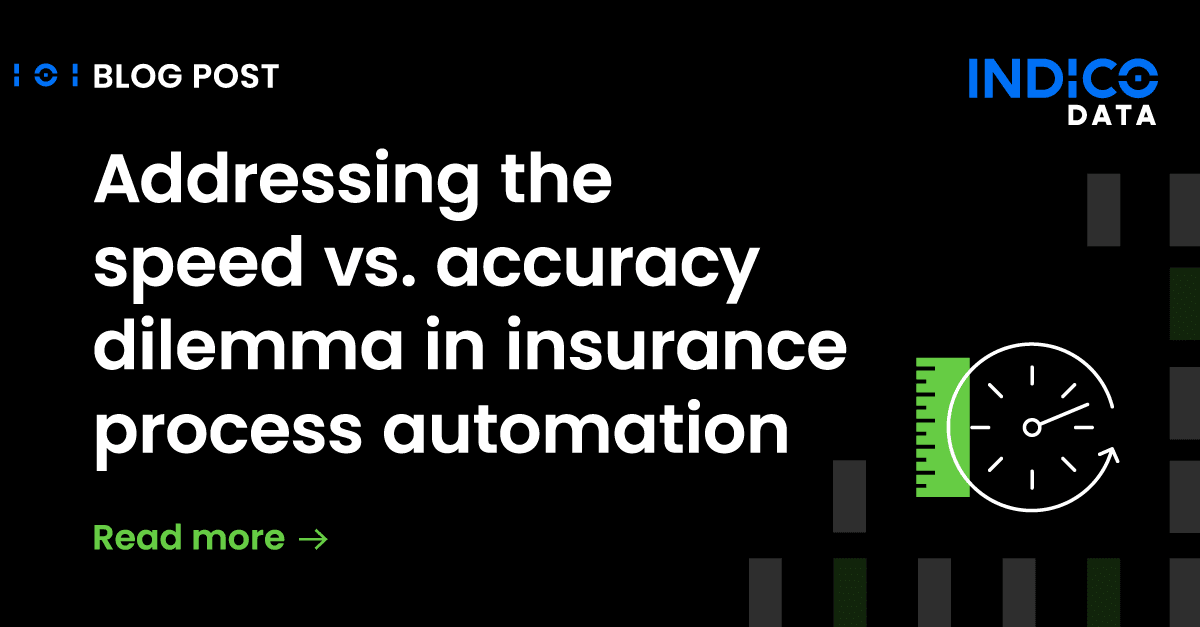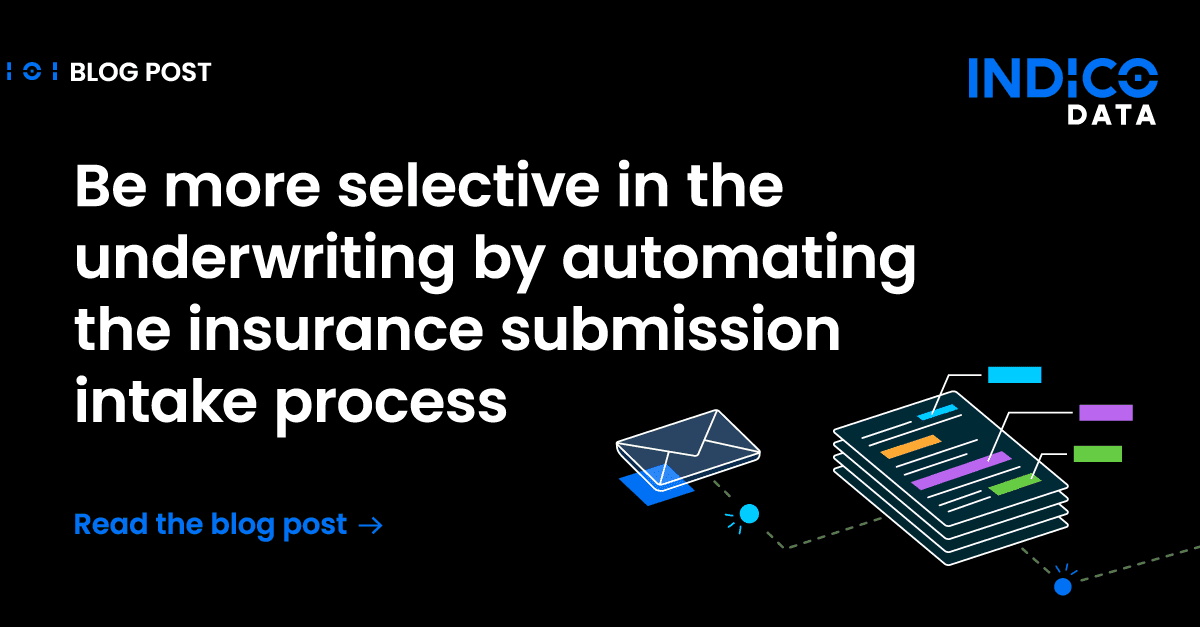How to set your organization up for automation success
While it’s still early days for artificial intelligence technology, including intelligent process automation, we’ve seen enough projects to start identifying the keys to success. In this post, we’ll outline three of the most important ones.
As explained in this previous post, intelligent process automation (also known as IPA) involves automating manual, document-intensive processes that involve some decision-making that would normally require human intervention. Examples include document review and analysis, such as an insurance company that has to properly classify slews of incoming claims. Such processes often involve unstructured data, including text and images. One of the key differentiators of Intelligent process automation is its ability to deal effectively with unstructured data.
But IPA isn’t a cure-all for all your process woes. A successful intelligent process automation project requires paying attention to the following three requirements.
1. Define the process and the goal
First you need to have a well-defined process or workflow to automate, with an equally well-defined goal for the project. Too often, companies dive into automation and AI just to see what they can do with it, with no real purpose in mind in terms of business goals or outcomes. Inevitably, most all of such projects go nowhere.
Those who are successful tend to identify a process that’s a real pain point for the organization, such as one that’s mundane for employees to perform – like classifying those insurance claims. Intelligent automation in insurance can free up time for employees to actually investigate the claim; that’s a win for the organization both in terms of costs (freeing up time) and employee morale. The basic idea is to look for a project that can prove the value of intelligent process automation, get a win, then build from there.
Keep in mind your IT and data science staff won’t likely know which processes are the best candidates. Rather, they should talk to line-of-business executives to determine which ones are the best candidates.
2. Agree on how the process should work
Once you agree on a process to work on, you now have to agree on exactly how the process is supposed to work. If you talk to different people in the organization, you may well uncover dramatically different opinions for the steps that should be involved in the same process.
This is a good time to take a hard look at the process and work with business executives to develop a mutual understanding of the different steps involved. Automating a flawed process using IPA solutions will only get you to the wrong place faster.
3. Assemble a solid sample data set
Another key to success is having a sound sample dataset to begin with, one that accurately represents data the actual process deals with day to day. The data also needs to make clear what the desired outcome of the process looks like.
Here again, business subject matter experts (SMEs) should be involved in coming up with that sample data set. SMEs are the ones who understand the process best, so they should be involved in labeling data in your intelligent process automation tool to indicate right vs. wrong answers to various questions that crop up in the process. You don’t necessarily need hundreds of such examples, but enough to have confidence that the automation tool will consistently come up with the correct answer.
Intelligent process automation holds lots of promise for streamlining all kinds of business processes. Improving process cycle times, increasing process capacity and freeing up employees to do more valuable work. However, in order for organizations to realize the full promise of IPA, there needs to be a solid foundation in place. Defining a business outcome, agreeing on how the process should work and assembling a sample data set are key ingredients to a successful IPA project.






